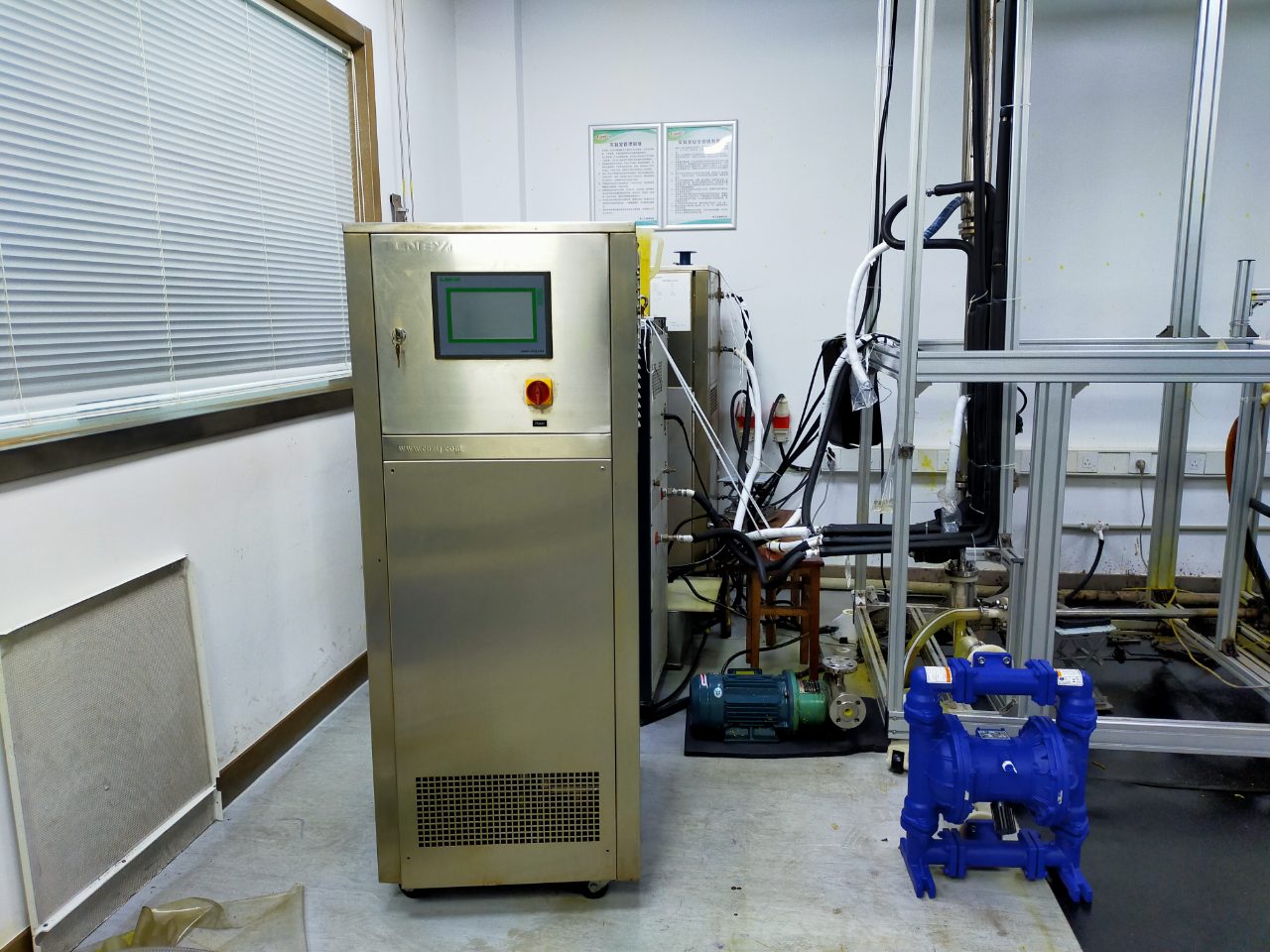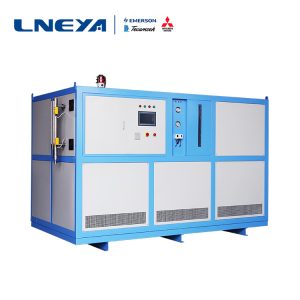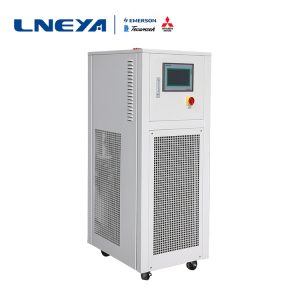What is the temperature control of the reactor?

The reactor cooling system is one of the common equipment in the chemical industry. It can not only heat but also refrigerate to meet the needs of heating and cooling in the reaction process.
Il existe généralement trois façons de contrôler la température des réacteurs de laboratoire
1. Manual control: Manually operate the knob on the front of the reactor controller.
2. Control by PC: The PC and the controller are connected by a network cable, and the operation is carried out on the PC.
3. Controlled by thermostat: Silicone oil is heated through the thermostat, and the thermostat naturally has a temperature control function. Although the thermostat heating limit (usually 250°C) is not as high as that of electric heating (can be as high as 400-500°C), the thermostat rises and falls smoothly, and the low temperature can reach -60/-80°C.
Generally, the cooling system of the laboratory reactor is divided into a tank type and a fully enclosed type. The temperature control of the reactor cooling system mainly relies on the temperature of the heat transfer oil of the reactor jacket to control the temperature of the reactor body and even the materials in the reactor. The disadvantage of the slotted type is that the heat transfer oil cannot be recycled. The more heat transfer medium the reactor needs, the slower the temperature control speed.
For example, the stainless steel reactor needs to be given heating conditions from the outside, which is equivalent to stirring or mixing. Otherwise, the reaction itself will be endothermic or exothermic. Therefore, its temperature change depends on the temperature and flow of the heat transfer oil, and the heat exchange area is the area of the jacket or the surface area of the coil in the kettle. It is cooled and heated by the heat transfer oil in the chiller system. In the process of heating and cooling, it is necessary to control the temperature difference of the tank wall as much as possible. The cold tank heats the material, the hot tank adds the cold material, the jacket or the inner tank lifts the pressure and temperature slowly, which can prevent the product from being affected to a certain extent. Thermal shock.
Our LNEYA laboratory reactor temperature control system belongs to the third type. The temperature control range is from -120 degrees to 350 degrees. It adopts a fully enclosed pipeline design and a high-efficiency plate heat exchanger, which reduces the demand for heat transfer oil, improves the heat utilization rate of the system, and realizes rapid temperature rise and fall. Continuous temperature control can be achieved in the temperature range of minus 90 degrees to 195 degrees and minus 70 degrees to 220 degrees without pressure.
Recommandations connexes
-
Efficient method for extracting total cannabinoids using a cryogenic process cooling system
1198Although cannabis plants have been used for medicinal purposes for thousands of years, modern science has identified steroids, flavonoids and more than 100 therapeutically active compounds known as cannabinoids. Due to the significant synergy betw...
Voir les détails -
What type of temperature control system is required for smear preparation in the pharmaceutical industry?
896In the pharmaceutical industry, negative pressure drying and smear preparation have specific requirements for temperature control, and usually require precise and adjustable temperature control devices to ensure product quality and process sta...
Voir les détails -
Indice de défaillance du système de réfrigération du refroidisseur cryogénique
937Lorsque la haute et la basse pression du système sont supérieures à la normale, il y a généralement de l'air ou une quantité excessive de réfrigérant dans le système. Il faut alors refaire le vide, puis ajouter une quantité adéquate de réfrigérant pour résoudre ce problème. Mais il y a ...
Voir les détails -
Facteurs affectant la capacité de refroidissement du refroidisseur du système de refroidissement du réacteur chimique
1401There are various types of chillers, such as air-cooled chillers, water-cooled chillers, etc. But no matter what the chiller is, there are some factors that affect the cooling capacity of the chiller. A cooler is an energy-saving device that is co...
Voir les détails
 LNEYA Industrial Chillers Fabricant Fournisseur
LNEYA Industrial Chillers Fabricant Fournisseur












